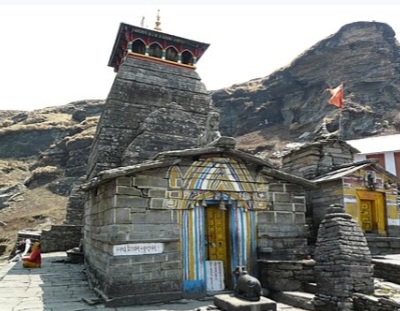DEHRADUN: The glaciers in Uttarakhand are retreating at an alarming pace. With them, the danger of Glacial Lake Outburst Floods (GLOF) is growing.
Civil society groups are raising red flags, calling for immediate action. The October report by the Uttarakhand Disaster and Accident Analysis Initiative (UDAAI) paints a grim picture.
This report, released by the SDC Foundation in Dehradun, highlights two major glacial events.
Previous reports in February and April had also warned of glacier-linked disasters. Glacial lakes are increasing in both size and number. The risks to local populations and infrastructure are mounting.
Anoop Nautiyal, founder of the SDC Foundation, calls the situation alarming. He says the state and central governments must act now.
Regular monitoring and expanded investigations are the need of the hour. He urged the Uttarakhand State Disaster Management Authority (USDMA) to update stakeholders on glacier risks.
The GLOF Threat Grows
The October UDAAI report is clear. Glacial retreat in the Himalayas is escalating GLOF risks.
A study in Springer by Suhail A. Lone and G. Jeelani from Kashmir University supports this.
The study compares glacier snouts in the Lidder Basin (Kashmir) and Suru Basin (Ladakh). It shows alarming retreat over the decades.
Closer home, Pindari Glacier has receded by over half a kilometer in 60 years. The report states that human activities are accelerating this retreat. Where the glacier once stood are now crumbling mountains. Natural and human-induced changes are taking a toll.
UDAAI’s Previous Warnings
The February UDAAI report had flagged 13 “potentially dangerous” glacial lakes in Uttarakhand. Vasudhara Lake near the Gangotri Glacier was deemed highly hazardous.
Scientists from the Wadia Institute of Himalayan Geology raised concerns about these lakes. The Indian Institute of Remote Sensing added to the warnings. Glaciers like Kedartal and Goriganga are expanding, posing increasing risks.
On February 12, experts met to discuss these threats. Despite their alarms, actionable progress remains slow.
Tungnath Temple Under Threat
The October report also uncovers another crisis. The foundation of Tungnath Temple is weakening due to water leakage.
This 1,000-year-old Shiva temple is the highest in the world located in Rudra Prayag at 12073 ft. Its structural integrity is now at risk.
The Geological Survey of India and the Archaeological Survey of India have stepped in. They’ve suggested measures to prevent further damage. But action from the temple committee and the state government is still awaited.
Landslides Add to the Chaos
On October 12, a landslide struck the under-construction Helang-Marwari bypass on the Badrinath Highway. The October UDAAI report includes details of this incident, adding to Uttarakhand’s growing list of vulnerabilities.
The message is clear. Uttarakhand is sitting on a ticking time bomb. Glacial retreat, expanding lakes, and human negligence are pushing the state closer to disaster. It’s time to act before it’s too late.







